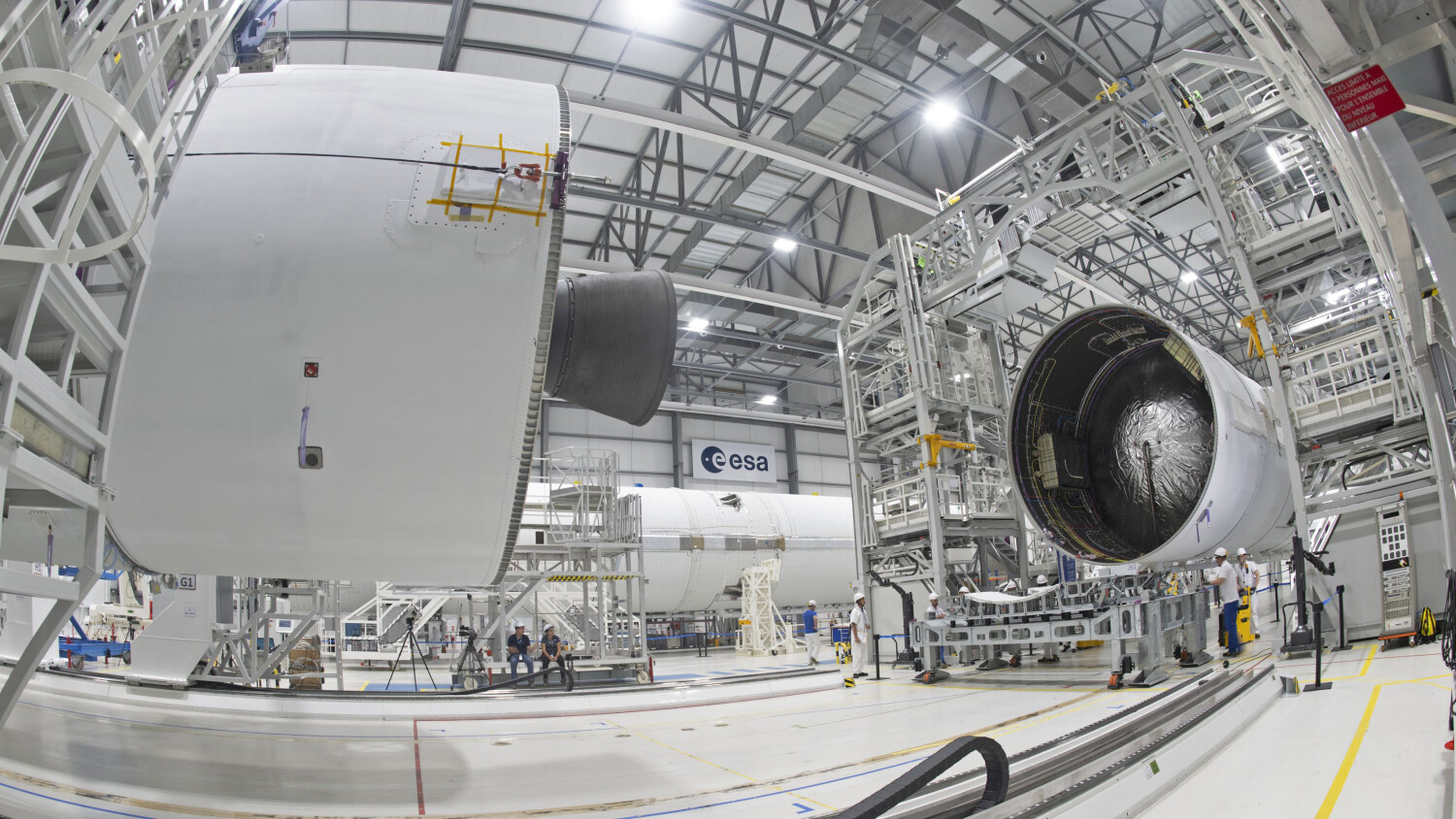On Thursday evening, October 1, Arianespace boosted two payloads into geostationary transfer orbit: the AMAZONAS-2 civil communications satellite for the Spanish operator Hispasat, and the COMSATBw-1 military communications satellite, built by Astrium for the German Ministry of Defense.
47th Ariane 5 launch, 33rd success in a row
The latest successful launch of an Ariane 5, the fifth in 2009, confirms that Arianespace’s launch Service & Solutions continue to set the global standard for the world’s leading space communications operators, both civil and military. This launch also once again illustrates the strategic importance of Ariane, which guarantees European governments independent access to space.
Ariane 5 is the only commercial launcher in service today capable of simultaneously launching two payloads, to deliver outstanding performance, flexibility and competitiveness to all Arianespace customers.
This was the 47th launch of an Ariane 5 and the 33rd successful launch in a row.
A launch for civil and military communications operators
AMAZONAS-2 is the fifth Spanish satellite launched by Arianespace. The European launcher boosted the Hispasat 1A and 1B satellites in 1992 and 1993; then in 2005 and 2006 Hispasat and subsidiary Hisdesat called on Arianespace to launch their XTAR-Eur and Spainsat satellites.
COMSATBw-1 is the 32nd military payload lofted by Ariane. Astrium chose Arianespace to launch the two military communications satellites, COMSATBw-1 and COMSATBw-2, as part of a satellite communications system deployed by the German Ministry of Defense represented by IT-AmtBw. COMSATBw-2 will be launched in 2010.
AMAZONAS-2 and COMSATBw-1 mission at a glance
The mission was carried out by an Ariane 5 ECA launcher from Europe’s Spaceport in Kourou, French Guiana. Liftoff was on Thursday, October 1, 2009 at 6:59 pm local time in Kourou (5:59 pm in Washington, D.C., 21:59 UT, 11:59 pm in Paris and on Friday, October 2, 1:59 am in Moscow).
AMAZONAS-2 was built by Astrium using a Eurostar E3000 platform. Weighing 5,400 kg at liftoff, this powerful satellite is equipped with 54 active Ku-band transponders and 10 C-band transponders. It will provide a wide range of telecommunications services to Brazil, as well as to North and South America in general. AMAZONAS-2 has a design life of 15 years and will be positioned in geostationary orbit at 61 degrees West.
COMSATBw-1, weighing 2,500 kg at launch and offering a design life of 15 years, will cover an area extending from the Americas to the Far East. DLR will assume responsibility for operating the two satellites using several of its locations.The Bundeswehr is acquiring its own military communications satellites for the first time and laying the foundations for a secure information network for use by units on deployed missions outside Germany. The network will support the autonomous, global transmission of audio and data as well as video and multimedia applications. Astrium is responsible for the space segment and will place the satellites in orbit. Thales Alenia Space has designed, manufactured, integrated, tested and delivered on-ground the satellite to Astrium. Astrium’s German subsidiary TESAT manufactured the essential parts of the payload.







